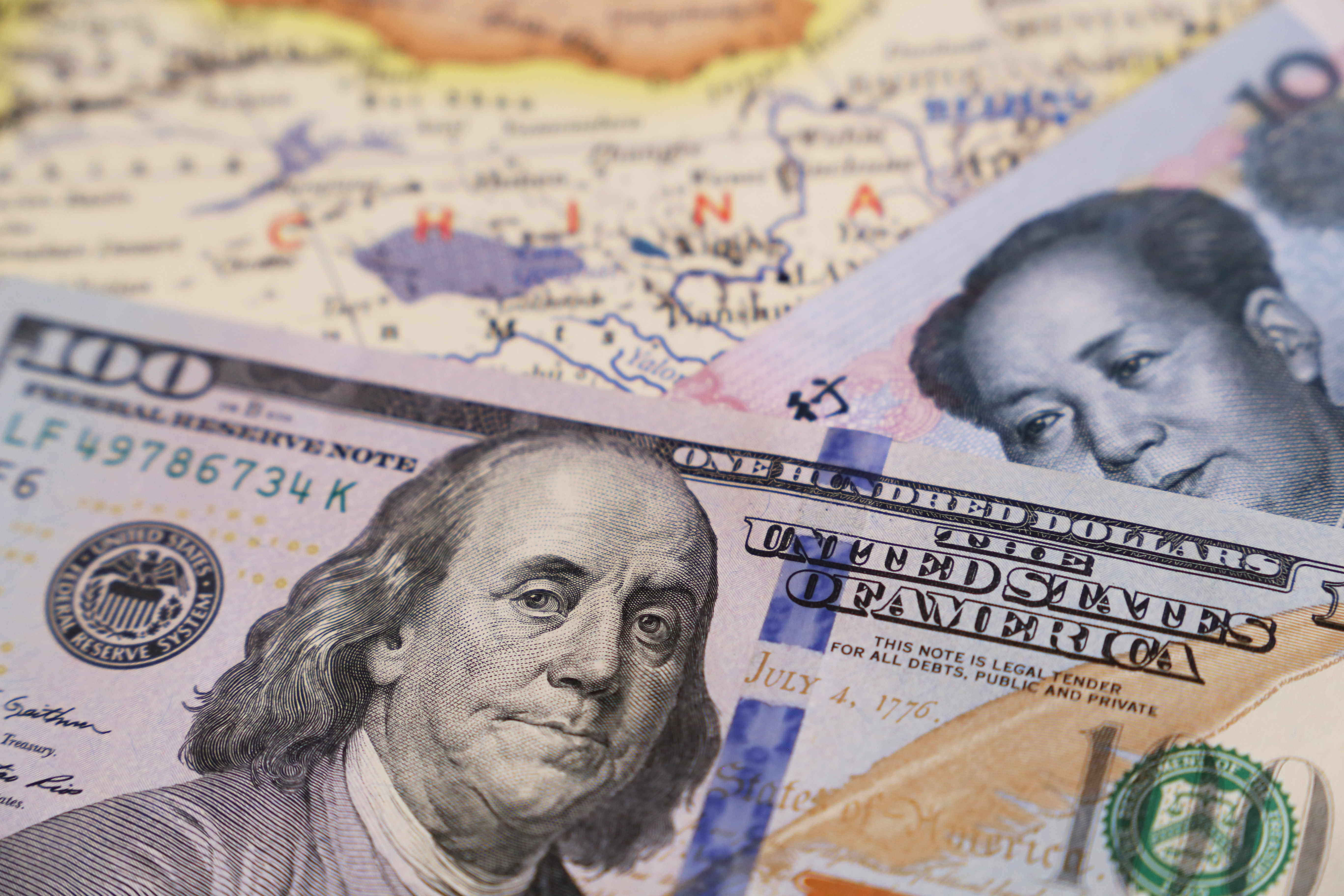U.S. Trade Deal with China Imperfect, but Both Sides Benefit
Crossposted at The Orlando SentinelThe U.S. and China are edging closer to finalizing a trade deal that should end the tariff penalties that are at the heart of a year-old trade war.
But a comprehensive deal that includes remedies for China’s theft of intellectual property and forced technology transfer from American companies doing business in China may not be in the cards in closing out this round of trade talks.
When China joined the World Trade Organization (WTO) in 2001, it was granted “developing country” status, which allowed it to nurture infant industries by levying high tariffs on imports from the U.S. and Europe even while China benefited from low tariffs on its exports into those same countries.
Now that China’s economy is the second-largest in the world after the United States — having increased its GDP nearly 10-fold since 2001 — China can follow the precedent of South Korea and other Asian tigers, which lowered their tariff rates once their export-led policies delivered high economic growth and lifted their people out of poverty.
As a member of the WTO, China is required to conform to WTO protocols and legal framework to settle disputes. And the Trump Administration could be more successful in ending China’s requirement that foreign companies transfer their IP technology as a condition of doing business in China by enlisting multi-lateral assistance from OECD trading partners in the WTO who share those concerns.
Getting to yes with China even with a less than optimal deal can be more easily swallowed when we take the long view of David Ricardo’s 1817 theory of comparative advantage, which remains relevant today. Comparative advantage reminds us that nations benefit from trade by producing and exporting products and services in which their advantage is greatest or their disadvantage is least.
The understanding of comparative advantage has grown from the concept of total factor productivity (TFP), developed by economists in the last 50 years. TFP initially focused on the education and specialized knowledge of the workforce and the technological advancement of the workplace. But it now includes political, social, legal and regulatory variables at the national level. These include factors such as the ease of business formation, efficiency of capital markets, macroeconomic stability, and rule of law, property rights, free expression, as well as the institutionalization of competition, transparency and accountability.
While China has recently surpassed the U.S. on total patents granted and is moving upstream in technologies such as artificial intelligence, its TFP is a shadow of what we enjoy in the United States. China’s primary comparative advantage remains large-scale cheap labor suited for consumer product O.E.M manufacturing. America’s comparative advantages are many and include being world leader in high tech innovation and manufacturing; having six of the 10 top universities in the world; and eight out of the 10 most valuable brand names in the world.
Countries with high TFP are all at the top of the Index of Economic Freedom. They enjoy greater prosperity because of the aforementioned contributing factors and institutions that enable the free market to thrive with innovation that provides solutions to old and new problems. High TFP is also tightly correlated with healthier societies and cleaner environments — two essential measures of welfare.
This current round of trade talks should result in tariff reductions with attendant benefits to both sides. But it’s less likely for this agreement to solve the majority of our problems with China in the protection of U.S. trade secrets and intellectual property rights. And so long as China denies involvement in national security-related technology theft and espionage, progress in addressing those problems will be elusive.
The good news is that if we keep the long view — making incremental success in subsequent trade negotiations with the help of the WTO — while avoiding protectionism, vigilantly protecting and nurturing all elements of our total factor productivity advantage, and following the essential requirements of comparative advantage in trade, America’s future will likely be as bright as the past.
